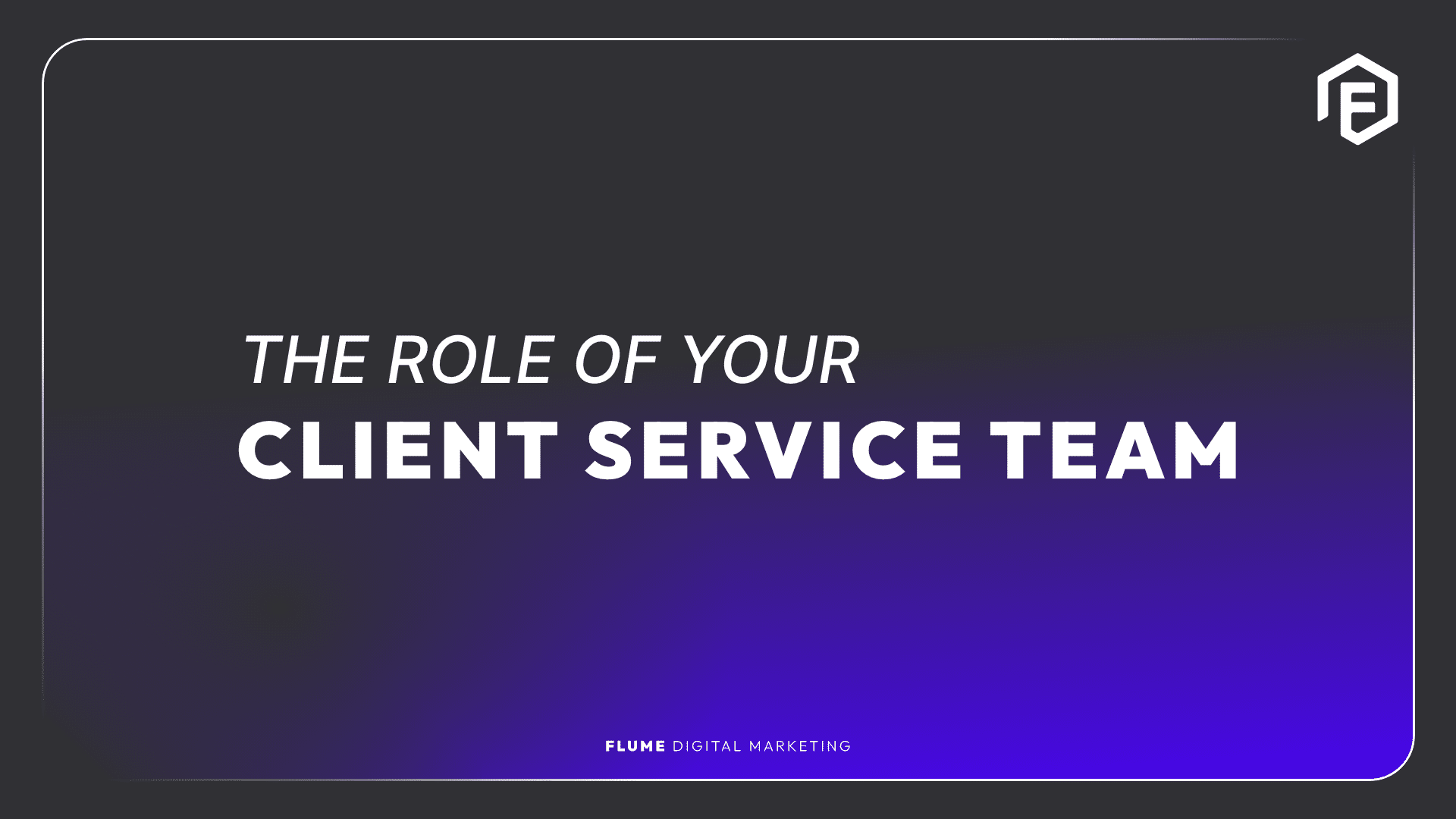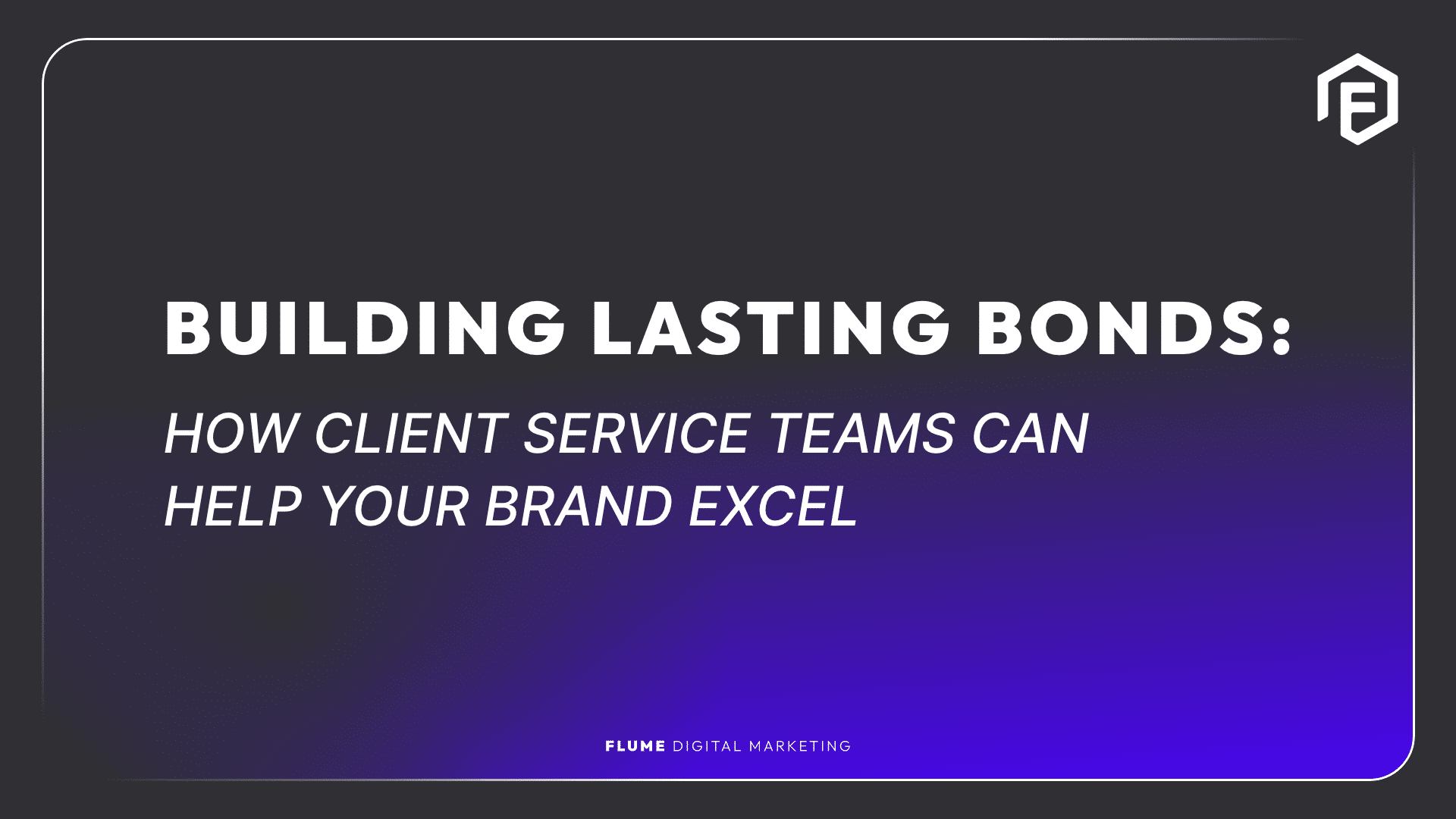Branding is the core of the identity of a company or business. It is a collection of assets which build the equity of that specific brand. It gives it value, the essence of differentiation, the unique feeling that this has never been done before. Famously, a brand like Crayola has patented the smell of its crayons, so as to own that olfactory experience.
The same goes for Mercedes Benz and its patented “out-of-the-box” interior smell. Brands like Coca-Cola, Nike and Apple have logos which have been elevated beyond business or marketing assets to become icons of popular culture. But at their core, what makes these brands feel so unique? What constitutes the building blocks of a successful brand system?
A brand system traditionally consists of six major assets that create their DNA. These include a logo (or primary brand mark), a secondary brand mark, a colour palette, visual brand extensions (patterns, icons etc.), typefaces and the brand tone (which includes mood boards, visual guides and written communications).
Brand Asset Number 1: The Logo / The Primary Brand Mark
The absolute most valuable asset is the company’s logo. It will be at the forefront of the identity at all times. It sets the tone for the rest of the brand system. The logo has to pass a few tests to make sure it successfully engages and attracts audiences. The logo has to pass the fax machine test. Even though your logo may look fantastic in that specific Pantone colour, it has to be able to withstand the worst case scenario. Is it still identifiable if it goes through on a black and white print or copy? What if it is reduced to a stamp? Your logo has to have a narrative built into it. Whether you opt for symbols, a unique typeface or both, it has to convey the brand’s motivations, tone and visual language within a matter of seconds. Because we live in an age were we are inundated with millions of brands trying to vie for our attention, it is imperative to get the message across as quickly as possible. Good logos have to adhere to six qualities:
- Be scalable. Whether it lives on a billboard or on a mobile app, your logo needs to maintain its essence.
- Your logo should have solid colours.
- It should be adaptable to different mediums.
- It should be memorable.
- It should be unique and discernible.
- It should be on message.
Brand Asset Number 2: The Secondary Brand Mark
The secondary brand mark is all the alternate versions of the primary logo. It reaches where the primary brand mark cannot go. Sometimes the secondary brand mark is just a symbol, an abridged version of the name, it has even been reduced to just a colour block. This is just an extension of the primary brand mark. As an example, the most famous secondary brand mark is the use of the word “Coke” as opposed to Coca-Cola. Even though Coca-Cola is the name of the company on paper, the colloquial usage of the name Coke prompted The Coca-Cola Company to create a secondary brand mark to own it. You’ll see the use of the name Coca-Cola more often than that of Coke, but you’ll notice that Coke has its own typeface and logo treatment on the side of its products. A common misperception is that Apple’s famous bitten-apple logo is a secondary brand mark, when it actual fact it is a primary. You will never see Apple actually write out its brand name, because they have chosen to have their apple symbol be their primary brand mark. Secondary brand marks are also used for brand recall and secondary touch points such as marketing and social media campaigns.
Brand Asset Number 3: The Colour Palette
This is how you dress up your brand. This is the suit and tie, the dress and high heels. The colour palette is essential in conveying the tone of your brand and what it is selling. It informs the sentiment with built-in psychological connotations. Blue, for instance, signifies reliability, loyalty and trust. Red implies passion, drive and anger. When tailoring your brand system, this is one of the most critical pause-and-pullback moments you will face. Owning a colour in your market segment can also be vital to your success. Some brands have become synonymous with colours. It is imperative to choose a primary, secondary and tertiary colour palette that not only compliments your brand and its sentiment, but also speaks clearly to your audience.
Brand Asset Number 4: Typography
Typefaces have so much personality built into them. Sans serif fonts traditionally have a sense of feeling more modern, whereas serif fonts can make a brand feel more established. There is no right or wrong when it comes to the choice of typefaces (unless it is Comic Sans). Some brands opt for custom designed typefaces, which can truly speak to a unique brand system, but most brands nowadays rely on font foundries and their existing typefaces. The primary typeface should be used in the logo, with secondary and tertiary typefaces usually relegated to the roles of subtitles, bylines, slogans and body copy to complement the primary typeface. Overuse of the primary typeface can dilute the impact of the primary brand mark, so one has to introduce other typefaces in supporting roles.
Brand Asset Number 5: Visual Brand Extensions
Visual brand extensions are design elements that elaborate on the narrative and visual language of the brand. This could include icons and an official brand pattern. By introducing visual brand extensions that have been custom fitted to the brand, it shows audiences or consumers that the brand has give thought to the minutiae. It’s like the icing on the cake. This also reinforces a brand system’s primary function – to create a visual language and rapport that not only becomes synonymous with the brand, but one which stays top-of-mind with the public.
Brand Asset Number 6: Brand Tone
Brand tone can also be called brand personality. It is the impression or perception that gets conveyed. It is how the brand speaks and lives. Within the brand tone, there lies sentiment. And within sentiment there lies the integrity and essence of the brand. Good messaging is imperative to the formation and sustenance of your brand. It can be the deciding factor when it comes to a consumer choosing you or your competitor. You have to ask yourself, if my brand was a human being, would I be friends with it? Is it warm and inviting? Or is it cold and disconnected? Not all brand tones lean toward being friendly and emotional. Some want to be disruptive and controversial. It all depends on your product, service and audience. You brand tone can manifest in the following ways:
- Your brand’s elevator pitch.
- Your positioning statement.
- Your vision and mission statements.
- Your tagline and slogan.
- Your press releases.
- Your social media communication.
- Your blog posts and articles.
- Your communication style – via email, phone or face-to-face.
It takes time to hone a brand’s identity. It has to be nurtured and objectively looked at. The legacy of a brand should not be built on peripheral elements such as being cool or trendy. It should be built on a narrative which extends past the zeitgeist, delivering a true-to-self approach which resonates with consumers.



